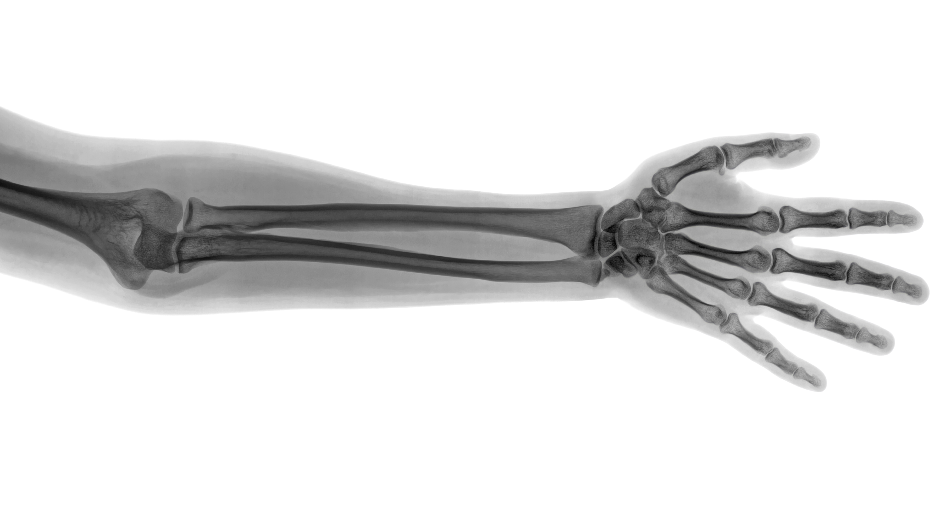
Image Credit: eAlisa / Shutterstock.com
Danish startup Particle 3D has developed customized, 3D printed bone implants that attach to the skeleton to stimulate natural bone growth, disappearing when the work is completed.
In comparison with current techniques used to assist bone repair, the innovation reduces the risk of patients developing infection and enhances the positive effects of tricalcium phosphate through its tailoring to fit the body. This advancement is part of a shift we are seeing in healthcare where 3D printing is beginning to take over from traditional processes in a number of fields.
The Rise of 3D Printing in Human Bone Repair
Last year, researchers at Northwestern University and the University of Illinois Health, Chicago, successfully used hyperelastic bone, a synthetic material readily produced by 3D-printing, to accelerate bone regeneration in rats with skull defects. The material was seen as having great potential for skull reconstruction in humans, as well as in repairing other bones. This work demonstrates the huge potential presented by 3D printing in human bone repair, which can often be challenging, and causes a significant impact on healing patients, and sometimes permanent damage.
Overall, 3D printing has seen a rapid increase in use in the healthcare sector over the past few years. Its use has followed a similar path to how it has been adopted by manufacturing. First, it started out mainly being used as a tool to assist with rapid prototyping, whereas today, it is being used for full-scale production as well as being used innately to establish improved techniques and new approaches.
When 3D printing was first used in the field of healthcare it was mainly relied on to print bones, body parts, and even organs to help surgeons prepare for operations by enabling them to visualize the key tissues that they would be working on. From here, the use of 3D printing evolved, seeing it being used to print specific tools, and then medical solutions such as bone implants. There is even research that is exploring how 3D printing may be used in the near future to produce human body parts.
Now, scientists have advanced 3D printing’s use in bone implants that facilitate bone repair.
3D Printing TCP
Typically, surgeons will use implants constructed from polymers or titanium, non-degradable materials that are inserted into the body to help encourage bones to repair correctly. A Danish startup has developed an innovation with the aim of drastically improving on this method. Particle3D uses tricalcium phosphate (TCP) that has been used in reconstructive surgery for many years. Traditionally TCP is molded onto the bone by the surgeons, leaving it up to the surgeon’s judgment to sculpt the substrate into the optimal implant shape.
Scientists at Particle3D have used particles of TCP along with fatty acids to create a “bio-ink” that stimulates natural bone growth, but also degrades over time, disappearing from the body after doing its job.
The process begins with the patient’s bones or body parts requiring the implant to be scanned. Data from the scan is then entered into a computer program, and it is here where surgeons and medical staff use CAD computer models to assist them in designing the optimally shaped implant that is personalized to the individual. This customized implant is then printed by Particle3D using the special “bio-ink” and transported to the hospital where it is inserted by surgeons.
The process of 3D printing with TCP allows Particle3D to create implants that are more porous than conventional ones, which help the implants act as scaffolds to the blood vessels, supporting natural bone growth. As natural bone grows over the implants they slowly degrade. Scientists tested the method on pigs and mice and have reported positive findings, showing that new bone marrow and blood vessels established following just eight weeks after implantation.
Disclaimer: The views expressed here are those of the author expressed in their private capacity and do not necessarily represent the views of AZoM.com Limited T/A AZoNetwork the owner and operator of this website. This disclaimer forms part of the Terms and conditions of use of this website.